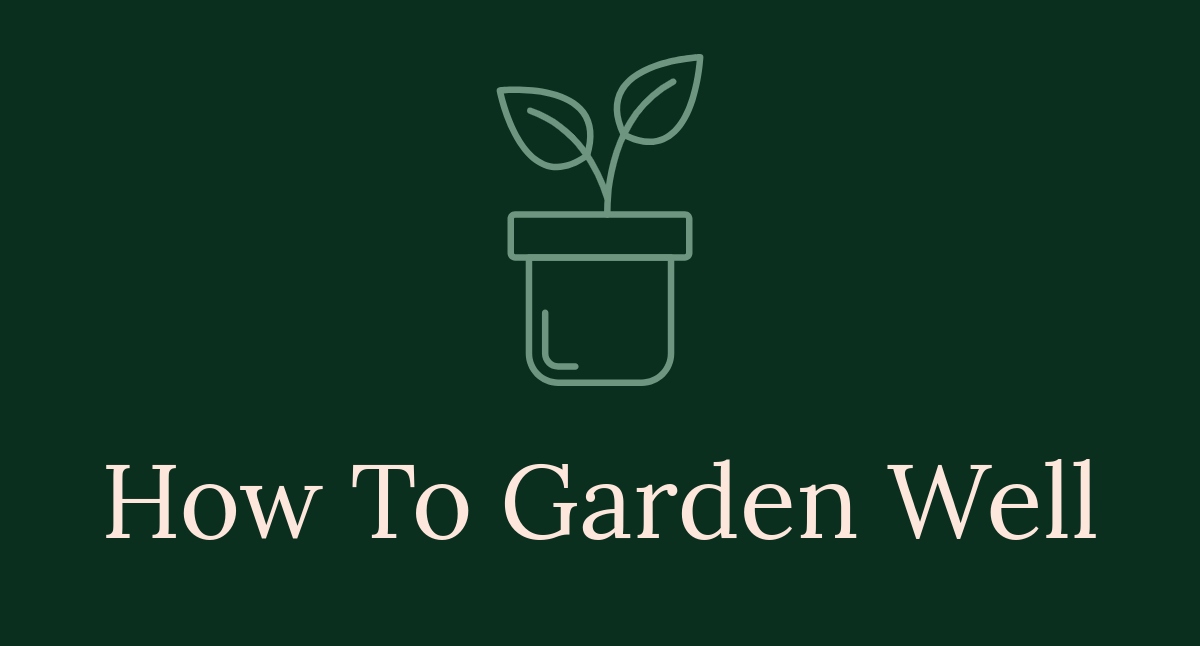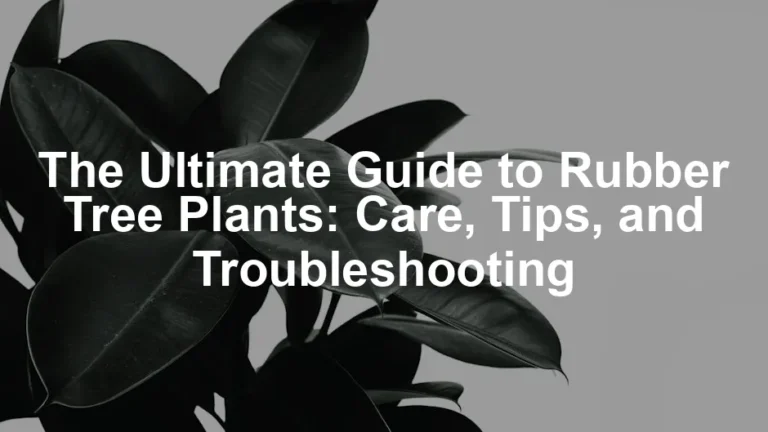
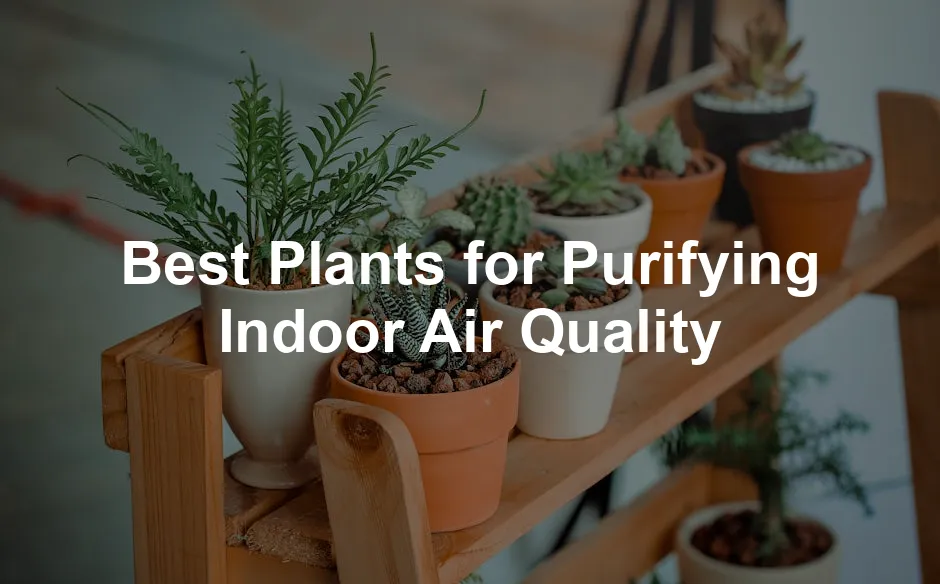
Best Plants for Purifying Indoor Air Quality
Introduction
In a world where we often prioritize comfort over cleanliness, the air we breathe indoors can be surprisingly polluted. Did you know that indoor air can be up to five times more contaminated than outdoor air? While you might think your home is your sanctuary, it could be harboring a few unwelcome guests: volatile organic compounds (VOCs) and other pollutants. Enter the heroes of our story: indoor plants! These green warriors not only beautify our spaces but also combat toxins and enhance our well-being.
As we explore the best plants for purifying indoor air quality, you’ll discover how these leafy companions can transform your living environment and boost your mood. Imagine coming home to a fresh, vibrant space, where each plant breathes life into your rooms. Not only do these plants do their part by filtering out harmful substances, but they also add a touch of nature, which is known to soothe our minds.
Let’s take a closer look at how these botanical wonders can help you breathe easier. From the low-maintenance Snake Plant to the elegant Peace Lily, each plant has its unique charm and air-purifying prowess. Whether you’re a seasoned plant parent or just starting your indoor garden journey, there’s something for everyone. So grab a cup of tea, sit back, and let’s explore the green delights that can help improve your indoor air quality.
Incorporating these plants into your home isn’t just beneficial; it’s a delightful way to connect with nature and improve your overall well-being. So, why wait? Let’s discover how these plants can make a significant difference in your living environment!
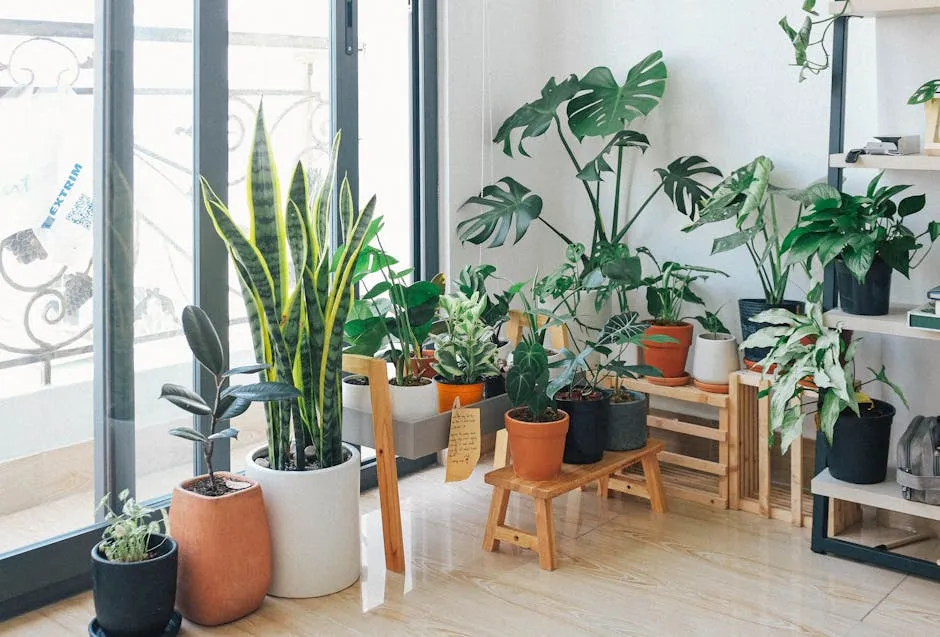
Summary
This article will explore the top plants recommended by NASA and other studies for improving indoor air quality. From the resilient Snake Plant to the elegant Peace Lily, these plants effectively filter out harmful toxins like formaldehyde, benzene, and ammonia. We’ll also touch on the ideal growing conditions for each plant, their aesthetic appeal, and how they contribute to a healthier home environment.
Additionally, we will compare the air-purifying capabilities of plants with traditional air purifiers, highlighting the benefits of a combined approach. By the end of this article, you’ll not only know which plants to choose but also how to care for them, making your home a fresher, greener sanctuary.
Whether you live in a bustling city or a quiet suburb, these air-purifying plants can be your allies in the battle against indoor air pollutants. Join us as we unveil the top contenders for your indoor oasis, ensuring you and your loved ones can breathe clean, revitalizing air every day!

Understanding Indoor Air Quality
The Importance of Indoor Air Quality
Indoor air quality (IAQ) is crucial for your health. Poor IAQ can lead to headaches, fatigue, and respiratory issues. In fact, the Environmental Protection Agency states that indoor air can be two to five times more polluted than outdoor air. This is alarming, considering most of us spend around 90% of our time indoors!
Common indoor pollutants include volatile organic compounds (VOCs) and particulate matter. VOCs are gases released from common household products like paints, cleaning supplies, and even furniture. Sources include everything from nail polish to air fresheners. Particulate matter, on the other hand, is made up of tiny particles like dust, mold spores, and smoke. These guys can sneak into your lungs and wreak havoc on your health.
If that’s not enough, prolonged exposure to these pollutants can lead to serious health problems, including asthma and other chronic respiratory diseases. It’s time to take action! Consider investing in an Air Purifier to help tackle these unseen foes.
How Plants Purify Air
Plants are natural air purifiers. They absorb harmful pollutants through their leaves and roots. This process is called phytoremediation. As they take in carbon dioxide, they release oxygen, which we all love to breathe.
NASA’s Clean Air Study revealed that certain houseplants could remove up to 87% of indoor air pollutants within 24 hours. The study tested various plants, including the Spider Plant and Peace Lily. These plants effectively filtered out formaldehyde, benzene, and trichloroethylene.
Additionally, plants improve humidity levels in your home. They release moisture through a process called transpiration, which can help alleviate dry air conditions. This combination of absorption and oxygen production makes plants a perfect ally in enhancing indoor air quality.
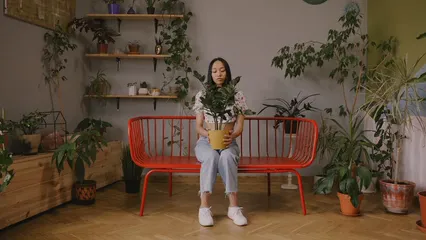
So, if you’re looking to breathe easier and create a healthier living space, incorporating indoor plants is a fantastic, natural solution. Pair them with some Indoor Plant Care Book to ensure you’re giving them the best possible care!
6. English Ivy (Hedera helix)
English Ivy is a superstar in the air-purification game. This charming climber effectively banishes formaldehyde, benzene, and even pesky mold from your indoor air. While it looks great trailing down a shelf or hanging in a pot, it also packs a punch against those airborne nasties. Keeping English Ivy happy is a breeze. It thrives in moderate light, making it perfect for various spots in your home. Just remember to keep the soil moist—after all, nobody likes a thirsty plant!
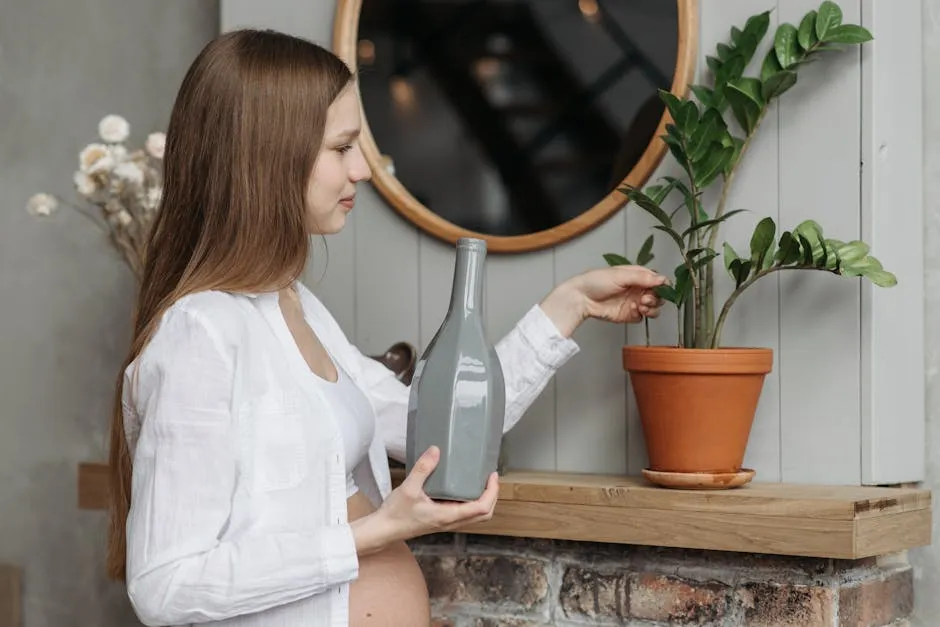
7. Rubber Plant (Ficus elastica)
Meet the Rubber Plant, a stylish and low-maintenance choice for air purification. This beauty is renowned for its talent in removing formaldehyde from the air. With its glossy leaves and robust structure, it makes a striking addition to any room. Rubber Plants prefer bright, indirect light, so find a cozy spot near a window. Water it moderately, allowing the top inch of soil to dry out between drinks. Trust us; your Rubber Plant will reward you with cleaner air and a touch of elegance. Consider pairing it with a beautiful Indoor Plant Pot to showcase its beauty!
8. Golden Pothos (Epipremnum aureum)
Golden Pothos is the ultimate beginner-friendly plant, and it’s a champion at filtering formaldehyde, benzene, and xylene from your living space. Its vibrant leaves and trailing vines add a splash of green to any corner. The best part? This plant is a low-light superstar, thriving even in dim conditions. Just water it when the soil feels dry, and watch it flourish like the carefree friend we all need in our lives. Golden Pothos is not just easy; it’s also a fantastic air purifier!
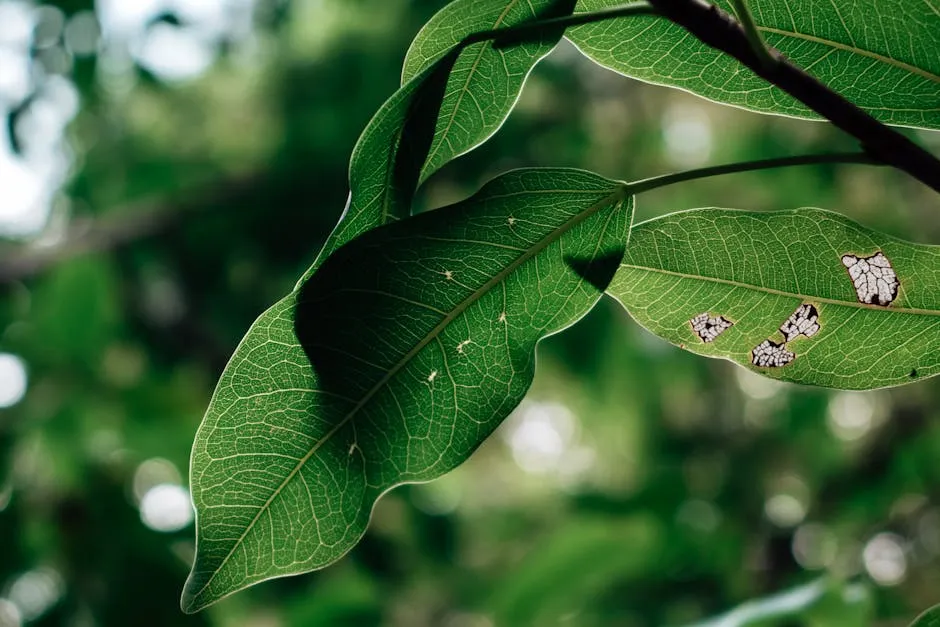
9. Bamboo Palm (Chamaedorea seifrizii)
Bamboo Palm is like a tropical vacation for your home! Not only does it add a lush vibe, but it’s also effective at removing formaldehyde and benzene. Plus, it acts like a natural humidifier, making your air feel fresher and more inviting. This palm prefers indirect light, so keep it away from harsh direct sun. Regular watering is key—just don’t let it drown! With a Bamboo Palm around, your indoor air quality will thank you, and your space will feel like a serene oasis. Enhance your plant care routine with a Plant Watering Can to make watering a breeze!
10. Dracaena (Dracaena spp.)
Dracaena is a versatile plant that tackles multiple air pollutants like formaldehyde, benzene, and trichloroethylene. With its striking foliage and upright growth, it’s a perfect choice for adding height to your plant collection. Dracaenas thrive in bright, indirect light, so find a sunny spot without direct rays. Keep the soil moist, but avoid overwatering—these plants prefer to dry out a bit between drinks. With Dracaena in your home, you’ll enjoy cleaner air and a touch of drama in your decor. Don’t forget to document your plant journey with a Plant Care Journal!

Comparing Plants and Air Purifiers
Benefits of Using Plants
Plants are nature’s air filters. They not only purify the air but also add aesthetic charm to your space. Imagine lush greenery softening your room while improving indoor air quality. Plus, studies show that having plants around can boost your mood and reduce stress. It’s like having a little slice of nature in your home, reminding you to breathe a little easier.

Limitations of Plants
While plants are fantastic, they do have their limitations. They may not remove pollutants as quickly or efficiently as air purifiers. Regular maintenance is essential too. Forgetting to water or provide proper light can hinder their air-purifying abilities. So, if you’re busy, you might need to set a reminder for your leafy friends.
Advantages of Air Purifiers
Air purifiers are like the superheroes of air cleaning. They can remove up to 99.97% of airborne particles, including dust, mold, and allergens. If you want immediate results, air purifiers provide a quick solution. They’re especially helpful in environments with high pollution levels or for those with allergies.

A Combined Approach
Why choose between plants and air purifiers? The best strategy is to use both! Plants enhance the aesthetic of your home while providing natural air purification. Meanwhile, air purifiers ensure that your air remains fresh and clean, especially in high-pollution situations. Together, they create the ultimate indoor air quality team, making your home a healthier and happier place to be.
Incorporating plants and air purifiers into your living space means you’re taking proactive steps toward better indoor air quality. You’ll enjoy the benefits of fresh air, enhanced decor, and improved well-being. Now that sounds like a win-win!
Limitations of Plants
While houseplants are fantastic for air purification, they come with some care requirements. First, many plants need specific light conditions. Some crave bright light, while others prefer low-light environments. This means you can’t just toss them in any corner and expect magic.
Watering is another consideration. Overwatering can lead to root rot, while underwatering might leave them thirsty. Finding that sweet spot can be a juggling act. To help with this, consider a Humidity Monitor to keep track of moisture levels!
Moreover, plants alone may not efficiently combat air pollutants in high concentrations. They are great for filtering everyday toxins, but they can struggle in more polluted environments. For example, if your home is filled with VOCs from new furniture, plants alone may not be enough.
In summary, while plants are lovely companions in your quest for cleaner air, they require attention and aren’t always the perfect solution on their own.
Advantages of Air Purifiers
Air purifiers are like the superheroes of indoor air quality. They excel at removing particulate matter, allergens, and harmful gases. Most models can eliminate up to 99.97% of airborne particles, including dust, pollen, and pet dander. This efficiency is unmatched by plants.
Moreover, air purifiers provide an immediate impact on air quality. Just switch it on, and voilà! You’ll notice a difference in minutes. This is especially beneficial for those with allergies or respiratory conditions.

Unlike plants, which require time to grow and filter the air, air purifiers get to work right away. They’re designed to circulate and filter the air continuously, ensuring you breathe cleaner air every moment of the day.
A Combined Approach
For optimal indoor air quality, combining plants and air purifiers is a game changer. Start by placing a few air-purifying plants around your home. They’ll enhance your space visually and naturally filter some pollutants.
Next, invest in a quality air purifier. Place it in high-traffic areas or rooms with more pollutants, like your kitchen or home office. This duo works in harmony—plants add a touch of nature, while air purifiers handle the heavy lifting of air cleaning. You may also want to consider adding an LED Grow Light for your plants if your home lacks natural sunlight!
Regular maintenance is essential. Ensure your plants receive proper light and watering, and change your air purifier filters as recommended. This way, you create a refreshing indoor environment that promotes your well-being and keeps the air clean.

By integrating both solutions, you’ll enjoy a healthier home filled with greenery and clean air. Breathe easier, live better!
FAQs
How many plants do I need for effective air purification?
The number of plants required for effective air purification depends on your space size. NASA suggests having two to three plants in 8 to 10-inch pots for every 100 square feet. For a small apartment, consider placing a few key species in various rooms. In larger spaces, you might need more plants to achieve noticeable air quality improvement. Remember, a mix of different types can enhance the overall effect!
Are all air-purifying plants safe for pets?
Not all plants are pet-friendly. Some, like Spider Plants and Boston Ferns, are safe for cats and dogs. However, others, such as Peace Lilies and English Ivy, can be toxic. It’s crucial to research each plant before bringing it home if you have furry friends. Always check the ASPCA’s list of toxic plants to ensure your pet’s safety. Better safe than sorry!
How do I care for my air-purifying plants?
Caring for your air-purifying plants can be a breeze! Here are some general tips: 1. **Light:** Most plants prefer bright, indirect sunlight. Avoid direct sunlight that can scorch leaves. 2. **Watering:** Check the soil moisture. Water when the top inch is dry, but be cautious not to overwater. 3. **Humidity:** Some plants, like Boston Ferns, thrive in humidity. Consider misting them or placing them in naturally humid areas, like bathrooms. 4. **Fertilizing:** Use a balanced liquid fertilizer every few months during the growing season to keep them healthy. 5. **Cleaning:** Dust the leaves occasionally to allow for better photosynthesis.
Can plants completely replace air purifiers?
While plants are great for improving air quality, they can’t completely replace air purifiers. Air purifiers excel in removing particulate matter and harmful gases quickly. Plants work slower and require proper care to be effective. Combining both can provide the best of both worlds. Think of plants as your green companions and air purifiers as the heavy lifters in your indoor air quality efforts!
What other benefits do indoor plants provide?
Indoor plants offer numerous benefits beyond air purification! They can enhance your mental health by reducing stress and boosting mood. The presence of greenery can create a calming atmosphere, making your space feel more inviting. Additionally, plants can help regulate humidity, which is beneficial for respiratory health. So, not only do they clean the air, but they also uplift your spirits and create a cozy environment. Plus, who doesn’t love a little greenery to brighten their day?
Please let us know what you think about our content by leaving a comment down below!
Thank you for reading till here 🙂
For those interested in a more sustainable approach to gardening, consider exploring Low-maintenance plants for drought-tolerant landscaping in hot climates.
All images from Pexels
